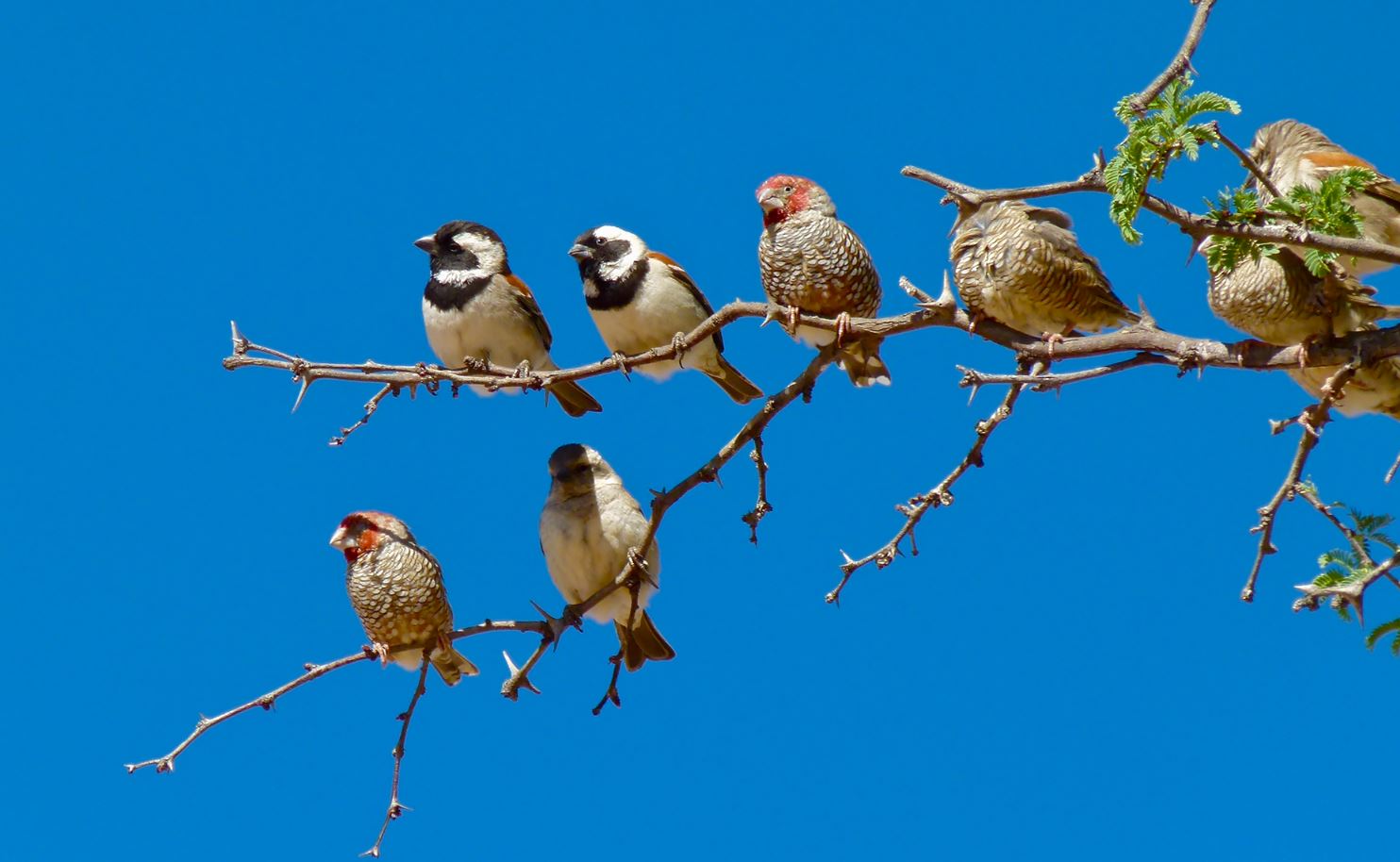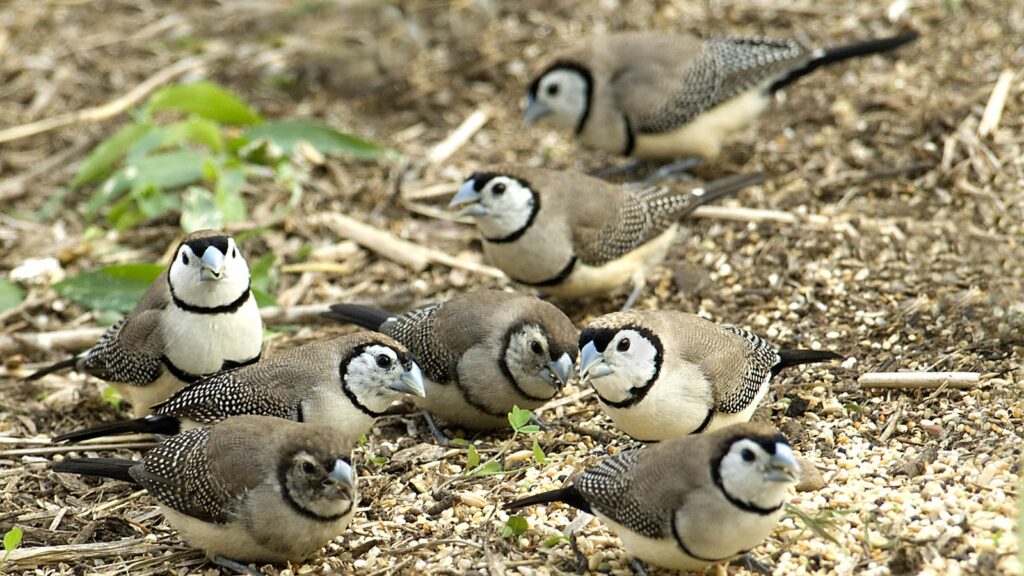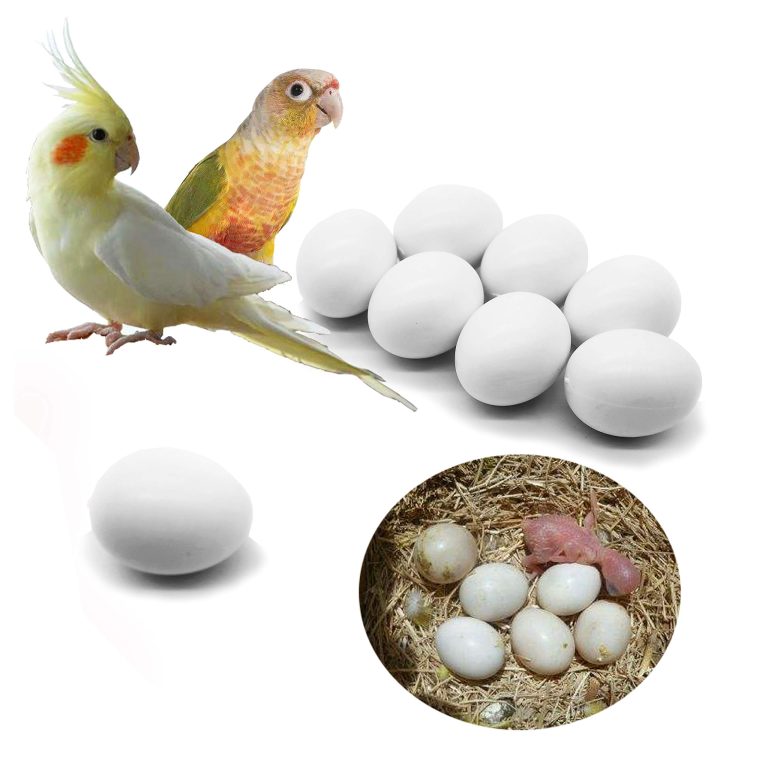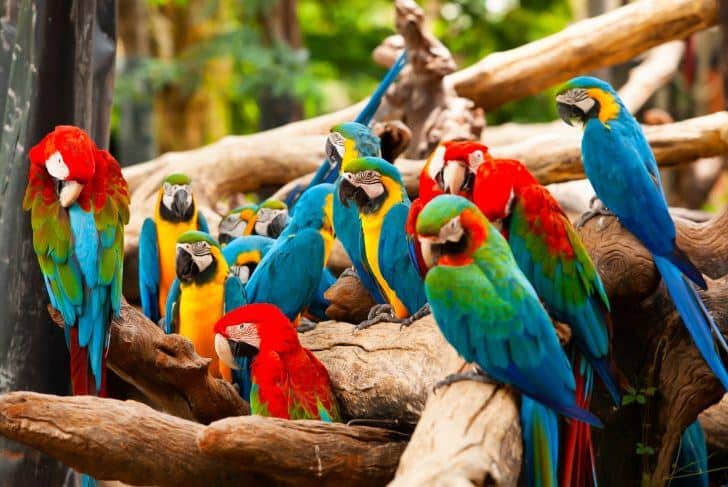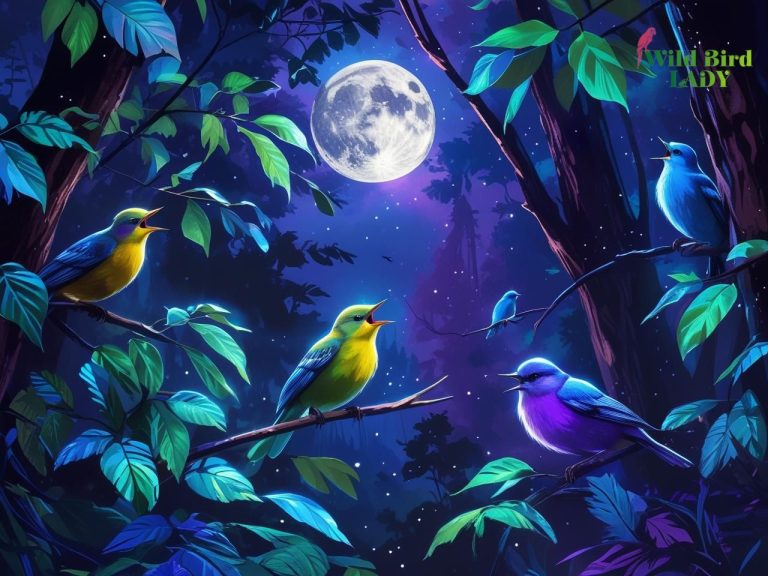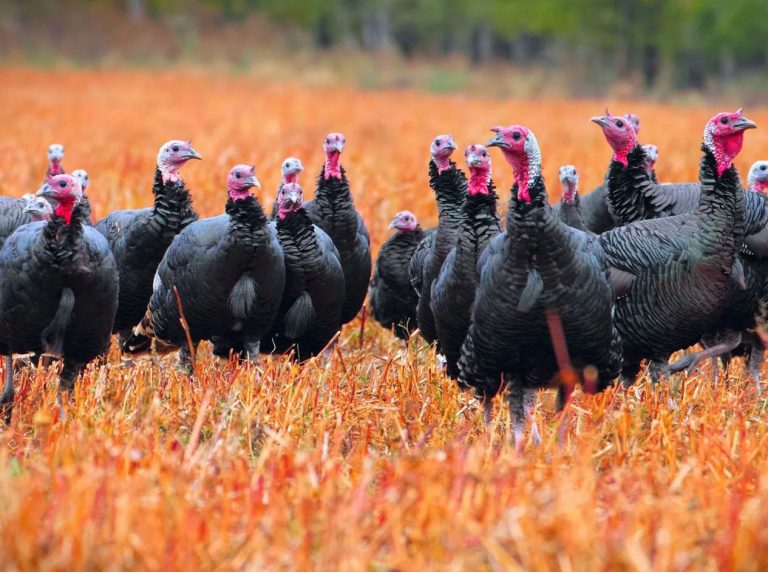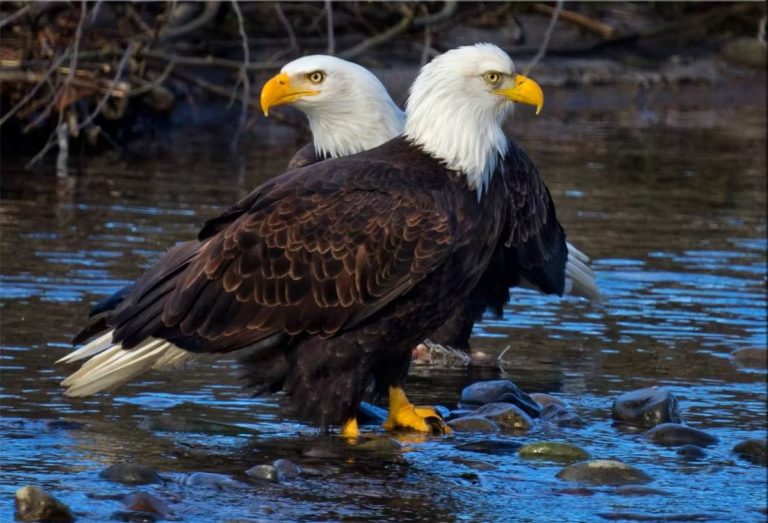What Is a Group of Finches Called? The Charming Answer Will Surprise You!
If you’ve ever found yourself gazing at a flock of finches flitting through the trees or gathering around a feeder, you might have asked: What is a group of finches called? These small, colorful birds are known for their social nature and melodic chirps, but what’s the official term when they band together?
The answer is as delightful as the birds themselves: a group of finches is called a “charm.” Yes—a charm of finches.
But where did that name come from? Why are they so social? And what does it mean for backyard birders or nature lovers? In this comprehensive guide, we’ll explore everything about groups of finches: their behavior, symbolism, names, and how you can spot—or even attract—your very own charm.
The Adorable Answer: A Group of Finches Is Called a “Charm”
Let’s start with the fun fact:
A group of finches is officially called a charm.
It’s one of the many poetic collective nouns from medieval English that describe animals in unique and whimsical ways—like a murder of crows, a parliament of owls, or a murmuration of starlings.
So, why “charm”? It’s believed the name was inspired by the pleasant, musical sounds that finches make when they gather. Their light, joyful chirping can sound like nature’s very own orchestra—and the word “charm” captures that perfectly.
Where Does the Term “Charm” Come From?
The term “charm” originates from the 15th-century Book of Saint Albans, which included a list of collective nouns—many of which were creative or symbolic. These phrases often reflected the animals’ behavior, sounds, or even human perceptions of their qualities.
In the case of finches:
- Their cheerful vocalizations sound like a chorus of tiny singers.
- Their small size and colorful feathers add to their endearing appearance.
- Their social nature makes them lovely to watch in flocks.
Thus, a group of these birds became known as a charm—a fitting tribute to their enchanting presence.
Are There Other Terms for a Group of Finches?
While “charm” is the most widely accepted and recognized term, you might occasionally come across other collective nouns for finches. These include:
- A company of finches
- A trembling of finches
- A trimming of finches (very rare)
However, none of these alternatives are as widely used or as charming—pun intended—as the original.
What Makes Finches So Unique?
Finches are part of the Fringillidae family and are among the most diverse and colorful birds in the world. With over 200 species worldwide, finches come in a variety of colors, patterns, and song types.
Popular Species of Finches:
- American Goldfinch
- House Finch
- Purple Finch
- Zebra Finch (popular in aviculture)
- Gouldian Finch
- European Greenfinch
They are known for:
- Bright plumage (especially in males)
- Conical beaks designed for seed-eating
- Lively songs used for communication and courtship
- Highly social behavior that includes flocking in large numbers
Why Do Finches Flock Together?
Understanding finch group behavior gives even more meaning to the term “charm.” These birds flock for several key reasons:
1. Protection from Predators
There’s safety in numbers. Being in a group reduces the risk of being picked off by predators such as hawks, cats, or snakes.
2. Thermal Benefits
During colder months, especially in northern climates, finches roost close together to share body heat.
3. Foraging Efficiency
Flocks can cover a wider area and quickly locate food sources such as seed-laden plants or bird feeders.
4. Social Interaction and Bonding
Many finch species form monogamous pair bonds and display social hierarchies. Group settings allow for interaction, courtship, and even communal singing.
Where Can You See a Group of Finches?
Finches are found on nearly every continent except Antarctica. They are highly adaptable and thrive in:
- Backyards with feeders
- Open woodlands and grasslands
- Suburban parks and gardens
- Mountain foothills and deserts
Finches are most likely to flock during fall and winter, when food sources become scarce and birds rely on communal foraging and roosting.
How Many Finches Make a Group?
There’s no strict number that defines a “charm” of finches, but here’s what you can expect:
- Small groups: 5–10 birds (typical at backyard feeders)
- Medium flocks: 20–50 birds (often seen during foraging)
- Large flocks: 100+ birds (during migration or roosting)
No matter the size, you can still refer to them as a charm of finches.
How to Attract a Charm of Finches to Your Yard
Finches are easy to attract if you provide the right environment. Here’s how to make your backyard a finch-friendly paradise:
Offer the Right Food
- Nyjer (thistle) seeds – favorite of goldfinches
- Black oil sunflower seeds – loved by house and purple finches
- Millet – for small finches like zebra and Gouldian (in aviaries)
Use the Right Feeders
- Sock feeders – ideal for Nyjer seeds and clingy finches
- Tube feeders – multiple perches allow for group feeding
Grow Native Plants
Planting coneflowers, sunflowers, and dandelions provides natural seed sources.
Provide Water
Birdbaths or shallow dishes with clean water are essential for drinking and bathing.
Add Shelter
Shrubs and trees offer finches a safe place to perch, hide, and roost.
Finch Symbolism and Cultural Significance
Finches aren’t just charming in behavior—they’ve charmed their way into history, art, and mythology.
In Christianity:
- The European Goldfinch was often painted in Renaissance art, symbolizing Christ’s passion and resurrection.
In Native American Culture:
- Finches symbolize joy, simplicity, and positivity.
In Literature:
- The Goldfinch by Donna Tartt (Pulitzer Prize-winning novel) explores themes of art, loss, and beauty—centered around a painting of a finch.
Finches are often associated with:
- Happiness
- Freedom
- Gentle strength
- Creativity
Science Spotlight: What Ornithologists Say About Finch Flocks
Researchers, especially at institutions like the Cornell Lab of Ornithology, have studied finch behavior extensively. Key findings include:
- Zebra finches are used in neuroscience studies due to their complex vocal learning.
- Finches alter their songs based on social environments and group size.
- Larger groups lead to better survival rates in the wild due to shared food alerts and predator warnings.
“Finches exhibit coordinated social behavior that enhances communication, breeding, and safety in the wild.”
— Cornell Lab of Ornithology
Fun Facts About a Charm of Finches
- Finches can recognize individual group members by their calls.
- Male finches often sing to establish territory and attract mates within the group.
- Some species, like the Gouldian Finch, form mixed-color flocks—creating visual “rainbows” of birds.
- In captivity, finches thrive in groups of 2 or more—being alone often leads to stress.
Frequently Asked Questions (FAQ)
❓ What is a group of finches called?
A group of finches is called a charm.
❓ Why is it called a charm of finches?
Because of their cheerful songs and colorful appearance, which inspired the poetic term.
❓ Are finches social birds?
Yes! Most species prefer to live, feed, and travel in groups.
❓ How many finches make up a charm?
Anywhere from 5 to over 100 finches can form a charm, depending on the species and season.
❓ What do finches eat in the wild?
Primarily seeds, but also small insects, berries, and plant material.
❓ Can I keep finches as pets?
Yes, especially species like zebra or Gouldian finches. Always keep them in pairs or groups, and provide a spacious cage.
Final Thoughts: A Little Charm Goes a Long Way
So, what is a group of finches called? Now you know—it’s a charm. And the term fits these vibrant, cheerful, and social birds perfectly.
Whether you’re birdwatching in your backyard, studying them in the wild, or caring for them in an aviary, there’s no denying that finches live up to their collective name. They don’t just gather—they delight, they dazzle, and above all, they charm.

